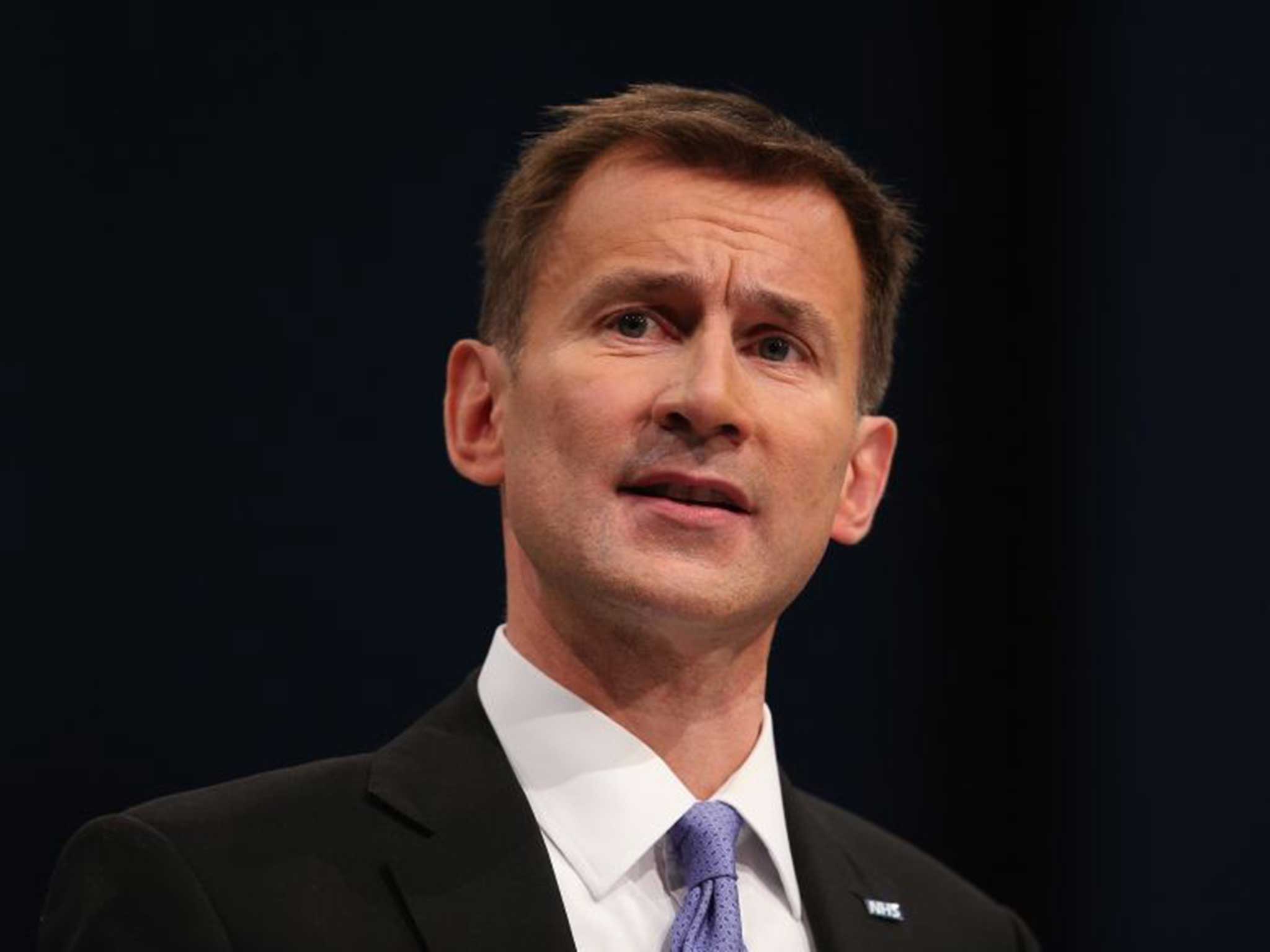The Health Secretary, Jeremy Hunt, took to Twitter earlier this week to belittle Labour’s flagship plans, announced at its annual party conference, to increase spending on the NHS by £2.5bn a year.
This claim prompted some scepticism.
Is it right?
I think it’s a bit misleading.
Hunt pointed to this table in the Department of Health’s annual report as evidence:
So we see that spending did indeed rise by £2.7bn between 2012-13 and 2013-14.
But hang on a minute.
This refers to “TDEL” or “Total Departmental Expenditure Limits”.
This means day-to-day spending on things like doctors’ and nurses’ pay but also all capitalspending such as the construction and renovation of hospital buildings.
The more common measure of health spending is “Revenue Departmental Expenditure Limits” or “RDEL”. This is day-to-day spending alone.
The latest comprehensive government spending accounts known as the Public Expenditure Statistical Analyses (PESA) show that real RDEL spending rose by just £2.1bn between 2012-13 and 2013-14.
If Hunt had used this measure his political point would have been blunted.
But was Ed Miliband talking about day-to-day spending when he made his NHS pledge?
Well, here’s what Miliband said in his conference speech:
“We will set aside resources so that we can have in our NHS 3,000 more midwives, 5,000 more care workers, 8,000 more GPs and 20,000 more nurses. An NHS with time to care.”
That sounds very like day-to-day spending.
Moreover, Labour’s shadow chancellor, Ed Balls, has said that he will balance the current budget by the end of the next parliament. That specifically means day-to-day spending. Labour could have a blow out on NHS buildings etc and still leave this target unaffected.
Granted, there’s a complication in that Labour is also promising to put the national debt on a falling path as a share of GDP by the end of the next Parliament which could, in theory, limit potential capital spending. But the point is that capital spending is not part of the Opposition’s central target, unlike with the Conservatives (who are promising an absolute surplus by 2018-19).
Upshot: Hunt probably wasn’t comparing like with like.
Does any of this matter in the big scheme of things? Not really.
The bottom line is that the Coalition has honoured its pledge to protect overall health spending in real terms; it’s even increased by 3.9% since 2010. Labour wants to increase it by slightly more in the next Parliament.
But the demands on the health service are rising as the population ages. The big question is what policies will help the health service to cope with these new demands within the context of what will inevitably be a very tight spending round, by historic standards, whichever party comes out ahead in the next election.
It’s a question none of the main political parties have shown much inclination to grapple with. But they will have to in the end.
Meanwhile, for the sake of completeness here’s a table I’ve put together showing the difference between RDEL and TDEL on health since the Coalition was formed (broken down into nominal and real as an extra treat):
Subscribe to Independent Premium to bookmark this article
Want to bookmark your favourite articles and stories to read or reference later? Start your Independent Premium subscription today.


Join our commenting forum
Join thought-provoking conversations, follow other Independent readers and see their replies